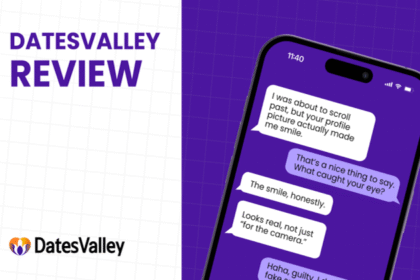More sales don’t always mean more profit—especially when fulfillment costs pile up quietly in the background. As businesses scale, the focus often stays on marketing and revenue, while operations get overlooked. But what happens behind the scenes—how products are picked, packed, and shipped—can impact customer satisfaction and profitability.
Fulfillment isn’t just a backend task; it’s a key link between your product and your customer. Hidden costs like storage fees or packaging inefficiencies can quietly eat into margins. Understanding these risks helps you plan better, avoid delays, and protect your bottom line—before they show up in complaints or lost revenue.
How Slow Assembly Drives Up Fulfillment Expenses
One of the biggest hidden costs in fulfillment is slow assembly time. Businesses often underestimate how long it takes to pack orders with multiple components, especially during busy seasons. Bottlenecks happen when teams lack the time, space, or systems to efficiently kit products, leading to missed delivery windows and rising labor costs.
Fulfillment specialists offering kitting services handle complex orders with speed and accuracy through streamlined processes and proper staffing. Orders get out the door faster, peak season slowdowns disappear, and customer satisfaction improves without the need for extra in-house resources. This approach fixes common fulfillment issues and keeps operations running smoothly even during periods of high demand.
Storage Costs From Product Volume Increases
Adding new products sounds great, but expanding the catalog can create storage issues. Seasonal kits often become customer favorites, yet they require more space and contribute to higher storage fees. When items don’t sell quickly, shelf space becomes clogged, leading to extra monthly charges from third-party logistics providers. Extra fees quietly reduce profits, especially when unsold goods stay in storage instead of moving through the fulfillment process.
Special packaging for each product also adds pressure on storage. Each new design takes up more space, and when combined with seasonal items, it can push warehouse limits and drive up costs. To fix this, track how fast products are selling and flag the ones that aren’t moving. A good inventory management system helps cut unnecessary storage expenses and keeps operations efficient.
Inventory Shrinkage That Hurts Profits
As operations expand, so do the chances of mislabeled, misplaced, or damaged items—especially during high-volume periods. Missing parts, incorrect shipments, or unnoticed product damage can quickly increase return rates and erode customer trust. Consistent team training, frequent inventory checks, and clear handling protocols help reduce errors and limit revenue loss before they escalate.
Adding barcode scanning, photographic documentation, and periodic audits creates better visibility across the supply chain and helps pinpoint where issues occur, allowing faster response before problems compound.
Higher Shipping Costs From Packaging Choices
Packaging often emphasizes looks or branding, but design decisions like oversized or decorative boxes can drive up shipping costs. Carriers rely on dimensional weight pricing, which bases charges on package size rather than actual weight. Air freight is particularly sensitive to dimensional pricing, making excess packaging an easy way to inflate shipping expenses.
Breaking up a single order into multiple packages may seem efficient, especially for mixed-size items, yet frequently leads to higher overall shipping costs. Automated systems that offer real-time rate comparisons and box optimization can significantly cut those charges. Many companies overlook these solutions during implementation. Relying on a streamlined shipping process, with careful carton selection and properly integrated software, lowers fulfillment costs and keeps deliveries efficient.
Setup and Transition Costs With Fulfillment Partners
Partnering with a fulfillment company is a big change in how you operate. The upfront costs can surprise business owners. Integrating systems is one of the bigger expenses since everything needs to sync up. There are also setup fees that often aren’t included in early budget plans. If you request custom packaging, those costs add up fast before your first shipment even goes out.
Switching providers brings its own problems. The transition period can cause delays and confusion as new processes settle in. If onboarding is sloppy, customers will notice, and satisfaction may drop. To prevent this, document your procedures clearly and keep communication open during the switch. It helps avoid hiccups and keeps things moving.
Scaling a business is exciting, but fulfillment complexity grows just as fast. Packaging delays, storage overflow, and shipping inefficiencies often slip past early planning and quietly cut into profits. Profit doesn’t automatically follow growth—especially when operational gaps start draining resources. Taking time to review fulfillment processes is just as important as driving sales. Exploring solutions like kitting services and streamlined fulfillment can eliminate costly bottlenecks and improve efficiency. Don’t let backend issues slow you down—work with fulfillment specialists who help you scale profitably while delivering a better customer experience from warehouse to doorstep.










